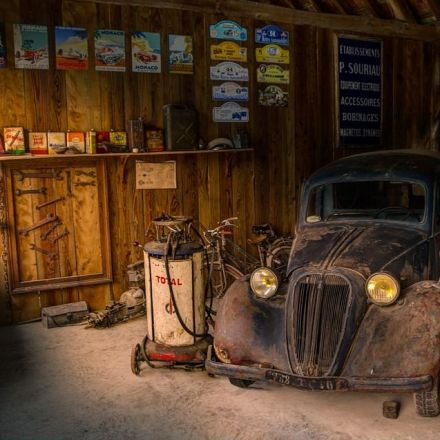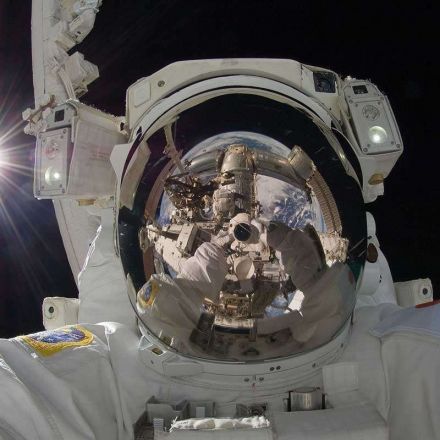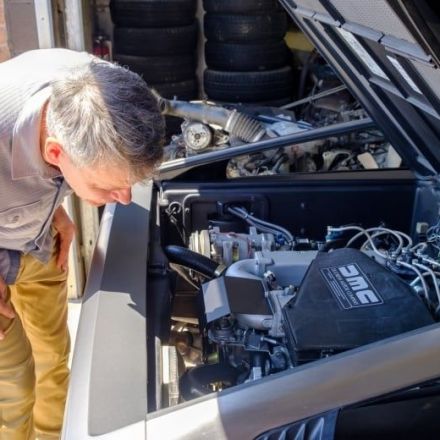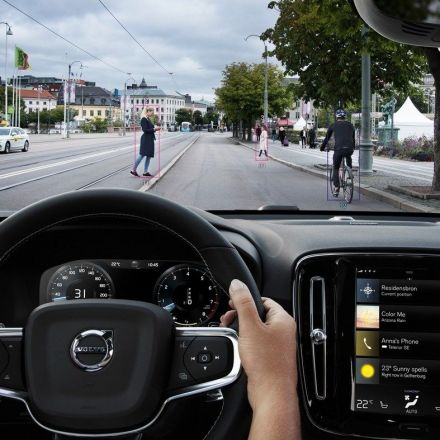Is It Possible To Repair a Flooded Vehicle?
Flooding consumes towns all over the United States every year. One major casualty of these floods is vehicles. There is often nothing people can do to get their cars to safety before a flood rolls into town. There is no need for a car code reader after this.
-
Flooding consumes towns all over the United States every year. One major casualty of these floods is vehicles. There is often nothing people can do to get their cars to safety before a flood rolls into town. There is no need for a car code reader after this. Your vehicle has taken on significant damage, but all is not lost. It is possible to restore your car, but you need to be extremely careful about how you proceed. Repairing a flooded vehicle is a lot more difficult than undergoing an engine oil replacement.
See Whether It Was Fresh or Salt Water
Before going any further, you need to determine whether fresh or salt water has flooded your vehicle. If it is fresh water, then there is a chance to fix your car. However, if it is salt water, then your car is toast. Salt is incredibly corrosive, and it immediately wreaks havoc on your vehicle. The electrical and engine components are especially vulnerable. A professional mechanic may be able to flush out your car with fresh water to better determine the extent of the damage. By and large, it is not worth trying after salt water damage.
Do Not Start Your Car Right Away
You should never attempt to start a flooded engine. It is possible the engine itself is still salvageable, but starting it right away will cause it to destroy itself in a matter of seconds. Instead, you should perform the following actions or have a mechanic do them for you.
- Examine the oil dipstick to check for water contamination
- Release water by loosening the oil drain plug
- Remove spark plugs
- Change the oil and oil filter
- Crank the engine while the plugs are still out
- Spray oil into the cylinders and crank some more
- Replace those spark plugs and start again
- Allow the engine to run for a few minutes if it does run
- Check the oil again to see if it is milky or cloudy
- Drain the gas tank to get any water out of the fuel system
Even if the engine does start, you still have to content with all the electrical components. You will likely need to replace the modules, control units and fuse box.
Determine If It Is Worth Salvaging Your Car
You will need to take your car to a professional to determine the full extent of the damage. You should take it to a shop that has a lot of experience working with flooded vehicles because they know precisely what to look for. Chances are good you will need to replace quite a bit, so you need to see if your car is essentially totaled. If you have an older car with a lot of miles on it, then it may be time to simply purchase a new vehicle.
Go to Your Local Auto Parts Shop
If you do want to try to repair your car, then you can purchase everything you need locally. An auto parts store can also provide you with a free VIN checker if that information washed away in the flood, too.





























Join the Discussion